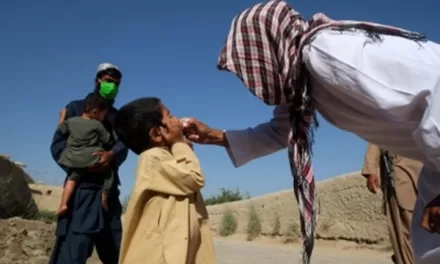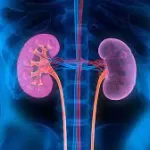A growing divide in cancer treatment access between high- and low-income countries is creating a global healthcare crisis, according to a new study published in CANCER, a peer-reviewed journal of the American Cancer Society. Researchers warn that disparities in the cost and availability of cancer drugs are exacerbating the already stark inequities in cancer incidence and mortality worldwide.
The study projects a staggering 28.4 million new cancer cases in 2040, with low-income countries expected to bear the brunt of this increase. While cancer mortality rates have stabilized in high-income countries due to advanced treatments and infrastructure, they are rising rapidly in developing nations.
Causes of Inequity
The researchers identified several factors driving these disparities:
- Limited Access to Treatment: High costs of newer cancer therapies, such as immunotherapy drugs, are prohibitive in low-income countries, where healthcare systems often lack the resources to subsidize these expenses.
- Lack of Screening and Infrastructure: Early detection programs and adequate healthcare facilities remain scarce in many developing nations, contributing to late diagnoses and poorer outcomes.
- Economic Challenges: Low-income countries allocate a smaller percentage of their gross domestic product to healthcare compared to wealthier nations. Paradoxically, these nations often pay higher prices for essential cancer medications.
- Knowledge Gaps: Much of the current understanding of cancer and its treatments is based on research conducted in high-income countries, which may not be directly applicable to populations in low- and middle-income nations.
Addressing the Crisis
Dr. Fadlo R. Khuri of the American University of Beirut Medical Center, senior author of the study, emphasized the urgent need for systemic solutions. “Access to newer cancer therapeutics is far more restricted in low- and middle-income countries due to prohibitive costs,” Dr. Khuri noted. “In this paper, we analyze the data and propose a few solutions that could help alleviate these worsening disparities.”
Proposed strategies include:
- Promoting Quality Generics and Biosimilars: Lower-cost alternatives to brand-name drugs can improve affordability without sacrificing effectiveness.
- Expanding Universal Healthcare Coverage: Ensuring all citizens have access to cancer care is critical.
- International Funding Initiatives: Increased global investment in healthcare infrastructure and treatment subsidies could help bridge the gap.
A Call for Global Action
The findings underscore the urgent need for a unified global effort to address these disparities. As cancer incidence rises worldwide, ensuring equitable access to life-saving treatments is not just a healthcare priority but a moral imperative.
The study serves as a stark reminder that without coordinated action, the cancer burden in low-income countries will continue to grow, claiming millions of lives unnecessarily.
Reference:
Tfayli, A. H., et al. (2024). Global disparities in cancer care: Bridging the gap in affordability and access to medications between high and low‐income countries. Cancer. DOI: 10.1002/cncr.35590.











